
It's emerged from the glare. After a tense game of hide-and-seek with the sun, the interstellar comet 3I/ATLAS has sailed back into view, and astronomers have captured the first photographs of its return.
While the comet has been the subject of wild media speculation, these new images provide the first clear look at the visitor since it passed the sun, helping scientists confirm its cometary nature.
The new images, taken by an astronomer using the Lowell Observatory's powerful Discovery Telescope in Arizona, are believed to be the first optical, post-perihelion shots of the interstellar visitor.
This isn't just a win for major observatories. Qicheng Zhang, a postdoctoral fellow at the observatory, subsequently confirmed the sighting with his own small telescope. He announced the findings on his Cometary blog on Sunday (Nov. 2), posting an example and noting that 3I/ATLAS is now within reach of amateur sky-watchers across much of the Northern Hemisphere.
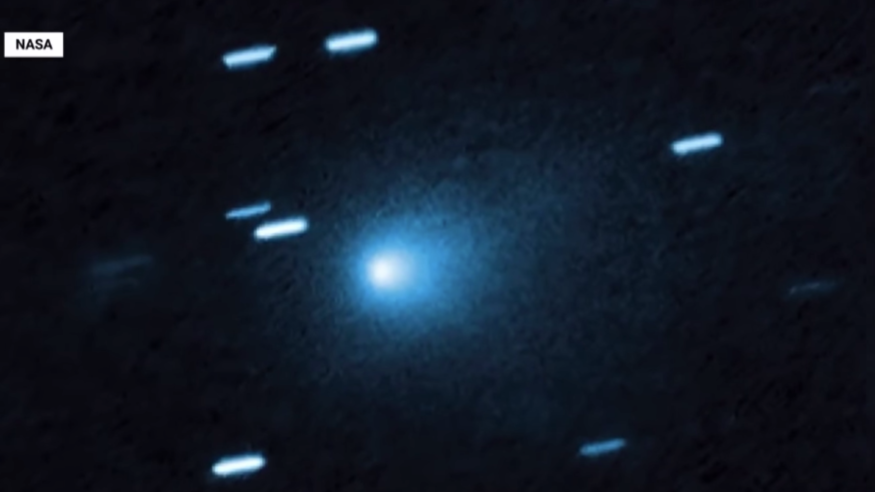
How to Spot the Re-Emerging 3I/ATLAS
The powerful Lowell Discovery Telescope is likely one of the largest instruments that can point close enough to the horizon to see comet 3I/ATLAS so soon after its pass. Zhang successfully captured the new image when the comet was about 16 degrees away from the sun, or 5 degrees above the horizon.
For amateur astronomers, the window is tight. Zhang noted that observations are best in the morning twilight, when the comet is just above the horizon but the sun is still far enough below it that the sky isn't overly bright.
'All you need is a clear sky and a very low eastern horizon', Zhang told Live Science on Friday. 'It won't look very impressive, it's just a smudge, but it will be an increasingly visible smudge over the next few days.'
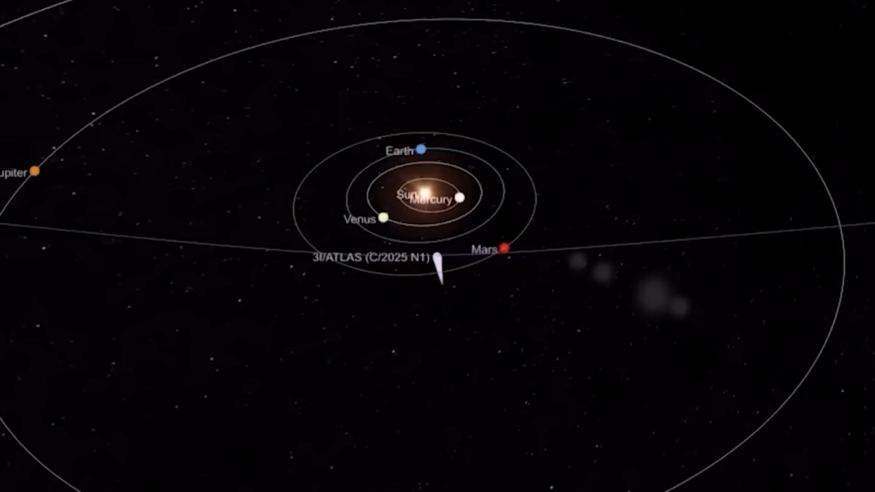
The Mysterious Journey of Comet 3I/ATLAS
Scientists have been learning a great deal about comet 3I/ATLAS since its discovery in July. This visitor is only the third interstellar object ever recorded, and it appears to be hurtling through our solar system at speeds exceeding 130,000 mph (210,000 km/h). Adding to its strange profile, the comet is following an unusually flat and straight trajectory.
Zhang noted that there have been radio observations of 3I/ATLAS throughout its solar pass, and while it's possible someone else made an optical post-perihelion observation before him, he hasn't seen any others published.
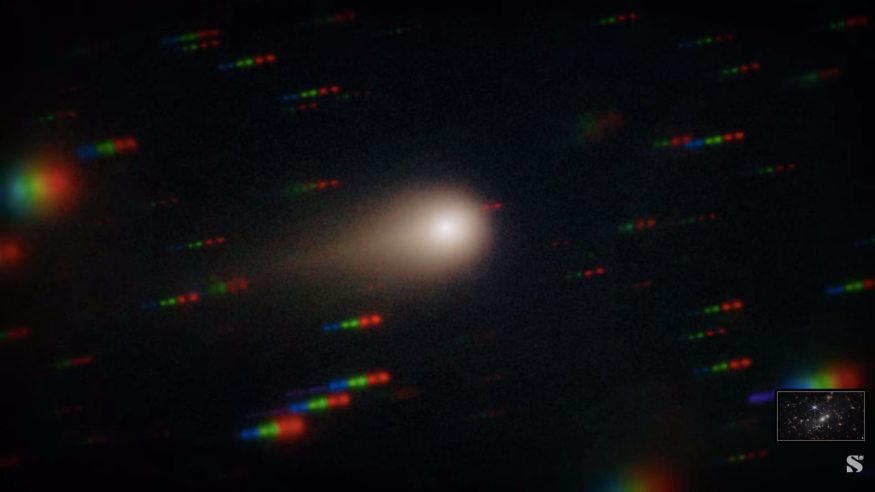
3I/ATLAS Dives Around the Sun
The comet briefly vanished from Earth's view as it slingshotted around the sun. It reached its closest point to our star, known as perihelion, on Thursday (Oct. 29), coming within 1.4 astronomical units, or 130 million miles (210 million kilometres) of the sun.
Even as it was obscured by the sun's glare, researchers and amateur astronomers used data from space telescopes to continue following the comet's path. On Oct. 28, Zhang and his colleague posted a study to the preprint server arXiv suggesting that comet 3I/ATLAS underwent rapid brightening ahead of perihelion.
The study noted the comet was distinctly bluer than the sun, which was consistent with gas emissions contributing a substantial fraction of its visible brightness near perihelion. Zhang noted that the comet could still be brightening, but more data is needed to confirm.
The Coming Flurry of 3I/ATLAS Research
We are now entering a crucial period for observing 3I/ATLAS. Comets heat up dramatically as they fly closer to stars, which causes ice on their surfaces to sublimate directly into gas.
This process, which creates the classic cometary 'smudge' or tail, allows researchers to analyse the gas and learn more about the comet's chemical makeup as it flies away from our star. This analysis of its composition is exactly why astronomers are so excited, as it will help settle its origins—and definitively separate scientific fact from science-fiction speculation.
Time is a precious resource for large telescopes, so Zhang uses a small telescope (6-inch lens) to experiment and learn what conditions to expect ahead of his scheduled time on the Lowell Discovery Telescope.
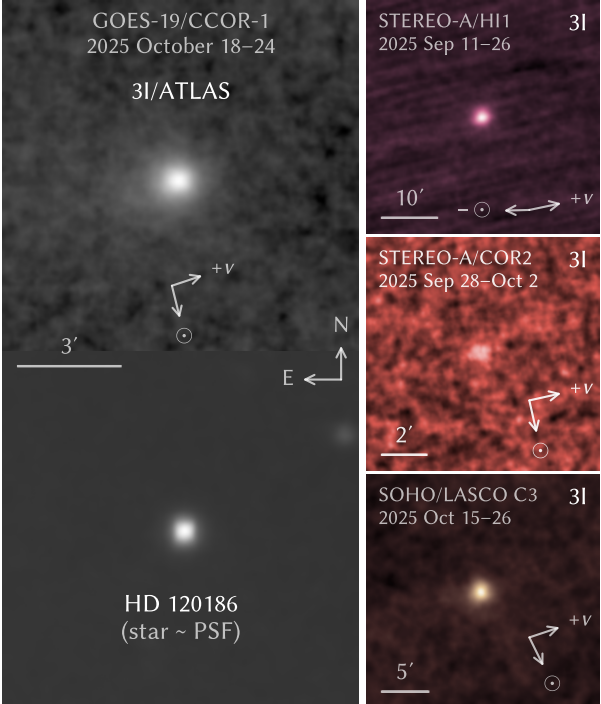
3I/ATLAS: An Alien Spaceship or the Oldest Comet?
There has been some frenzied speculation in the media that 3I/ATLAS might be an alien spacecraft. This speculation mirrors that of 'Oumuamua, the first interstellar visitor, though 3I/ATLAS has always shown clear signs of being a comet. However, most astronomers are confident that this interstellar visitor is a regular comet, just one from an unknown star system in the Milky Way.
Instead of being alien technology, comet 3I/ATLAS could be something even more profound: the oldest comet ever seen. One study suggests it may be around 3 billion years older than our own solar system.
Other preliminary research has suggested that prolonged exposure to space radiation has transformed the traveller, giving it a thick, irradiated crust that no longer resembles its home star system. If that's the case, scientists will have a harder time deciphering the comet's origins.
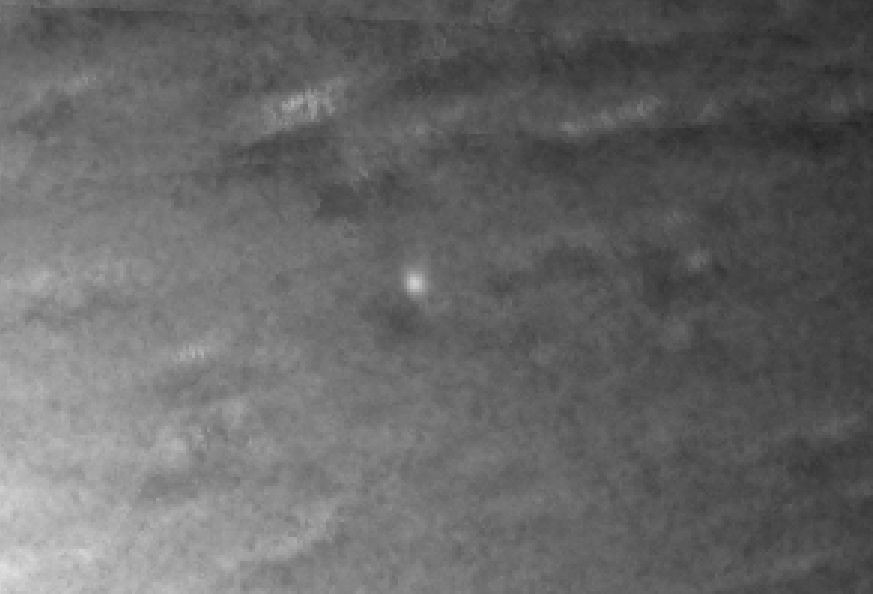
Regardless, we can expect a flurry of new 3I/ATLAS research as it re-emerges. 'The comet is rapidly rising from the sun,' Zhang said. 'I think in one week it's going to be something like 25 or 30 degrees away from the sun, by which point there will be a large number of other big telescopes around the world that will also be able to start to follow it up.'
As 3I/ATLAS moves higher into the morning sky, the 'alien spacecraft' theories are fading, replaced by the exciting scientific reality of an ancient visitor from another star system. The coming weeks will be critical as telescopes worldwide turn their gaze toward it, seeking to understand its origins.
Originally published on IBTimes UK
© Copyright IBTimes 2025. All rights reserved.





